Gather family and friends around your own homemade picnic table. Our free DIY plans offer step-by-step guidance, making it easy for all skill levels to craft a sturdy and stylish outdoor dining centerpiece. Create lasting memories with this functional and customizable project.
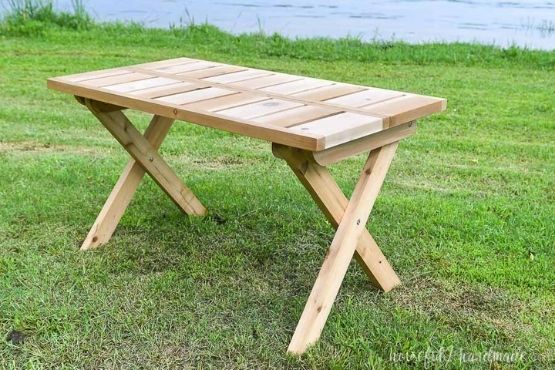

Squirrel Picnic Table Hanging Feeder

Kids Picnic Table
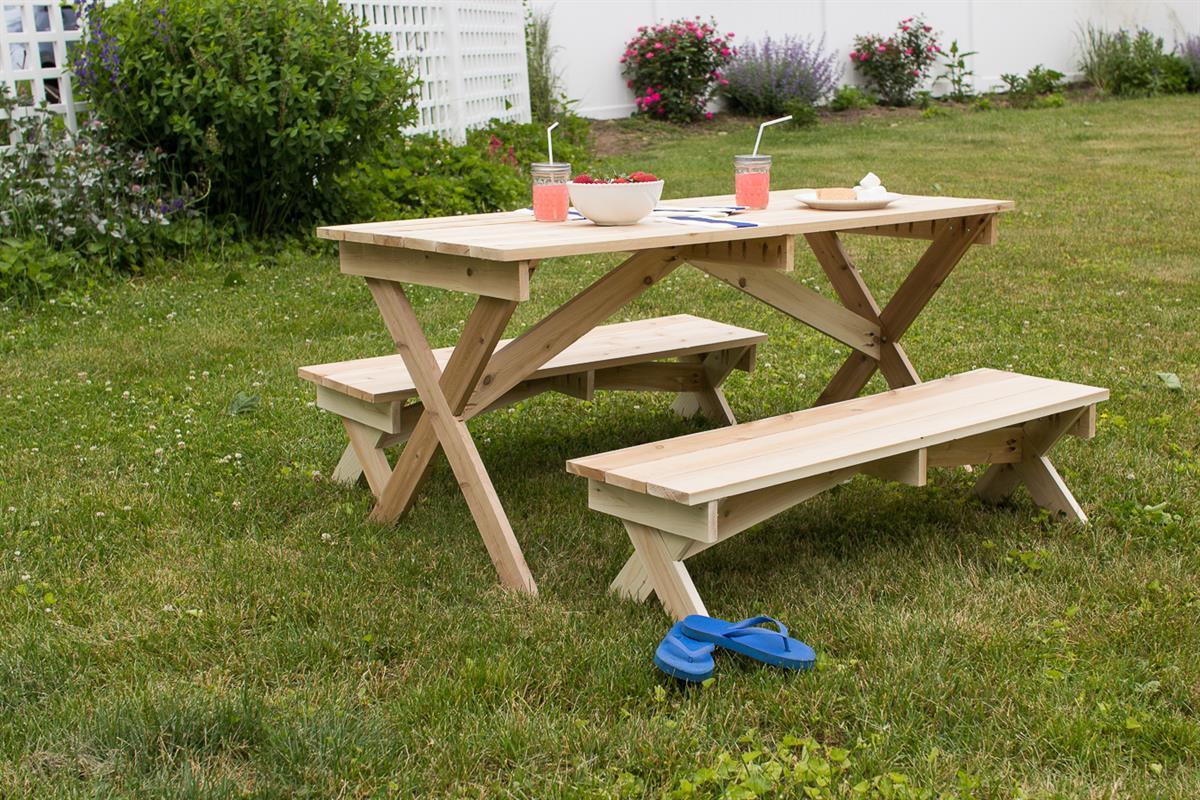
Kids Cedar Picnic Set

Convertible Picnic Table and Bench
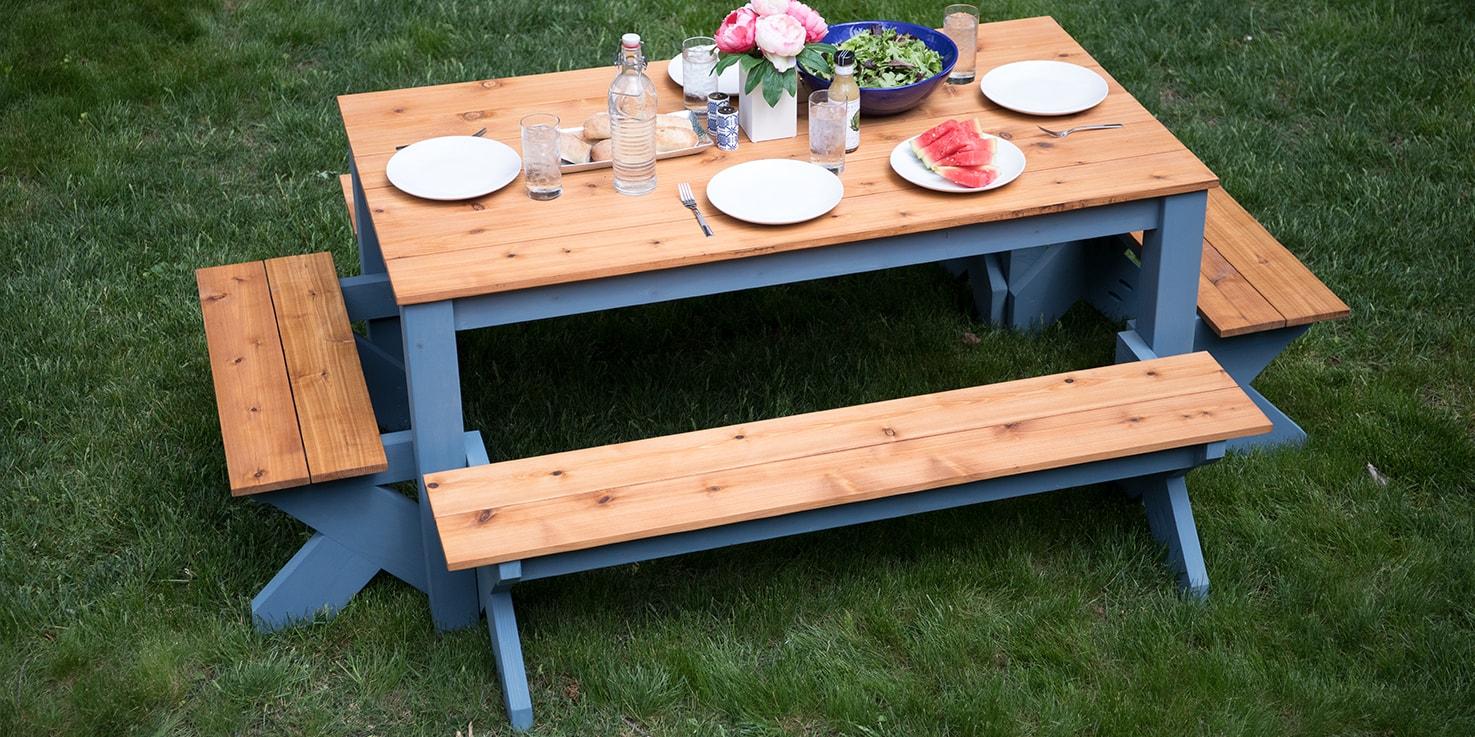
Picnic Table
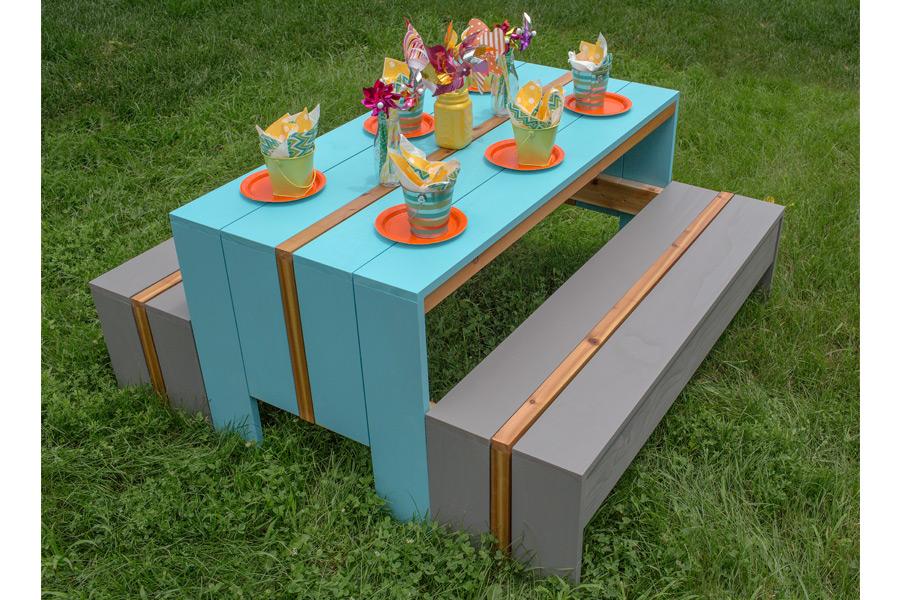
Cool Kids’ Picnic Table
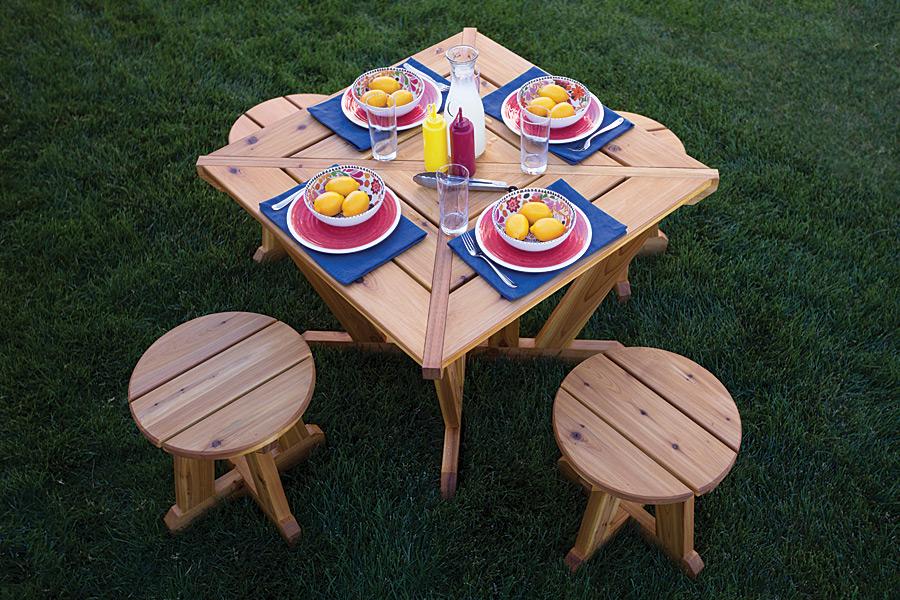
Compact Picnic Table and Stools
DIY Picnic Tables: Benefits, Preparation, and Considerations
Picnic tables have been a staple in outdoor gatherings for decades, fostering camaraderie and shared moments. Despite the wide availability of pre-made options, the allure of crafting your own DIY picnic table is undeniable. In this ultimate guide, we’ll delve into the enduring popularity of picnic tables and uncover the numerous benefits of embarking on a DIY project.
The Enduring Popularity of Picnic Tables
Picnic tables have stood the test of time as quintessential outdoor furniture. From family picnics in the park to casual gatherings in the backyard, these tables provide a communal space for people to come together, share meals, and create lasting memories. The timeless appeal of picnic tables lies in their simplicity, functionality, and the sense of togetherness they foster.
Benefits of Creating Your Own DIY Picnic Table
While pre-made picnic tables are readily available, there’s a unique satisfaction in crafting your own. Beyond the tangible end product, the DIY approach offers a range of benefits that extend beyond the immediate task at hand.
The Benefits of DIY Picnic Tables
1. Cost-Effectiveness
Crafting your own picnic table can be a more budget-friendly option than purchasing one. By sourcing materials independently and utilizing cost-effective tools, DIY enthusiasts can realize significant savings. Moreover, the value of the DIY approach goes beyond mere cost-cutting; it encompasses the investment of time and effort, resulting in a more meaningful connection to the final product.
2. Customization
One of the most compelling aspects of DIY projects is the freedom of customization. With pre-made tables, you’re limited to available designs, sizes, and finishes. In contrast, crafting your own picnic table allows you to tailor it to your specific needs and style preferences. Whether you envision a rustic farmhouse table or a sleek modern design, the power to bring your vision to life is in your hands.
3. Quality and Durability
When you embark on a DIY picnic table project, you have control over the materials used, ensuring high quality and enhanced durability. Unlike mass-produced alternatives that may prioritize cost-cutting over durability, you can select robust wood and finishes that withstand the test of time and weather. The resulting sense of pride and satisfaction in creating a long-lasting piece is unparalleled.
Preparation for DIY Picnic Table Projects
Gathering Materials
Before diving into the construction process, it’s crucial to gather the right materials. Choosing suitable wood and understanding the properties of different materials are key considerations. Opt for weather-resistant wood species such as cedar or redwood to ensure your picnic table stands up to the elements. Create a checklist that includes tools such as saws, drills, and sanders, as well as safety gear like goggles and gloves.
Setting Up Your Workspace
A well-organized workspace is essential for a smooth DIY experience. Set up a dedicated area for your project, ensuring it is well-lit and well-ventilated. Consider investing in a sturdy workbench to provide a stable surface for cutting and assembling. Prioritize safety by arranging tools in an easily accessible manner and following proper storage practices for hazardous materials.
Key Considerations During the DIY Process
Design Selection
Choosing the right design is a pivotal step in the DIY picnic table journey. Consider factors such as the available space, intended use, and aesthetic preferences. Whether you opt for a classic A-frame design, a convertible bench/table combo, or a more intricate pattern, make sure it aligns with your vision and skill level.
Skill Level and Time Commitment
Assessing your skill level is crucial in ensuring a successful DIY project. Select a design that matches your proficiency with woodworking tools. If you’re a beginner, start with a simpler design and gradually work your way up to more complex projects. Additionally, realistically estimate the time commitment required for your chosen design to avoid frustration and burnout.
